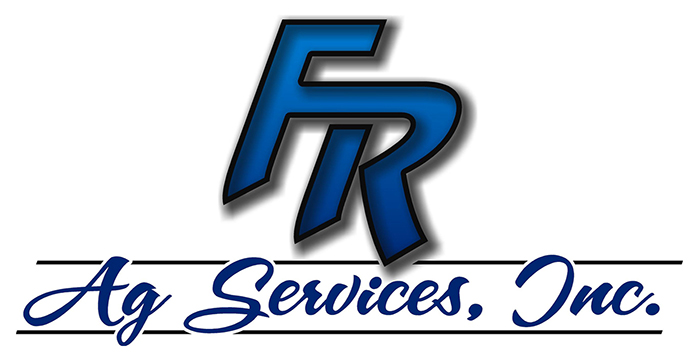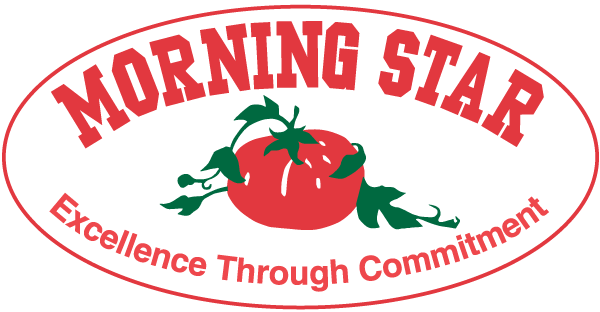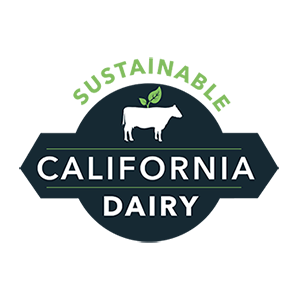Agriculture Secretary Tom Vilsack announced the U.S. Department of Agriculture (USDA) is accepting more than 2 million acres in offers from agriculture producers and landowners through the Conservation Reserve Program (CRP) General Signup, which included 6,447 acres in California. This is the first of the program’s multiple signups occurring in 2022. With about 3.4 million acres expiring this year, Vilsack encourages producers and landowners to consider the Grassland and Continuous signups, both of which are currently open.
Producers submitted re–enrollment offers for just over half of expiring acres, similar to the rate in 2021. Offers for new land under General CRP were considerably lower compared to last year’s numbers, with fewer that 400,000 acres being offered this year versus over 700,000 acres offered last year.
It is important to note that submitting and accepting a CRP offer is the start of the process, and producers still need to develop a conservation plan before enrolling their land by October 1, 2022. Each year, during the window between offer acceptance and land enrollment, some producers change their mind and ultimately decide not to enroll some accepted areas without penalty.
The three other types of CRP–Grasslands, continuous, and CREP–are still available for either working–lands or targeted, often smaller sub–field, offer. Producers have submitted offers on nearly 260,000 acres through the Continuous and CREP signup so far this year. The Grassland signup–which last year had it’s highest participation ever–closes May 13, 2022.
While the General Signup is closed, producers and landowners can still apply for the Continuous and Grassland signups by contacting their local USDA Service Center.
Signed into law in 1985, CRP is one of the largest voluntary private–lands conservation programs in the United States. It was originally intended to primarily control soil erosion and potentially stabilize commodity prices by taking marginal lands out of production. The program has evolved over the years, providing many conservation and economic benefits. Interested producers can learn more at fsa.usda.gov/crp.













